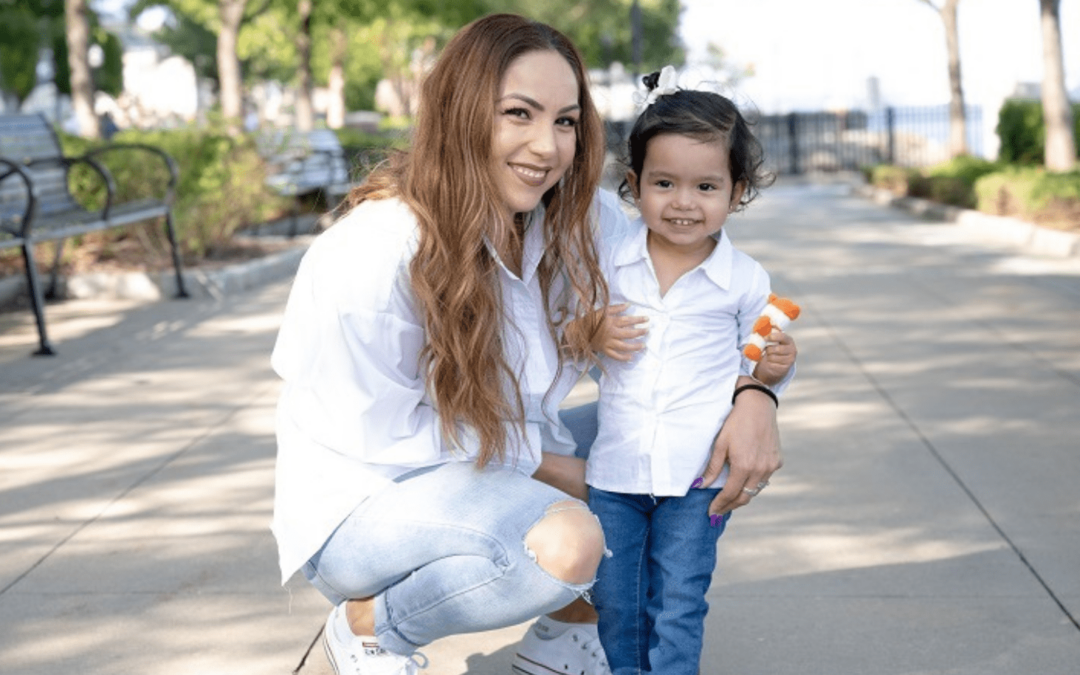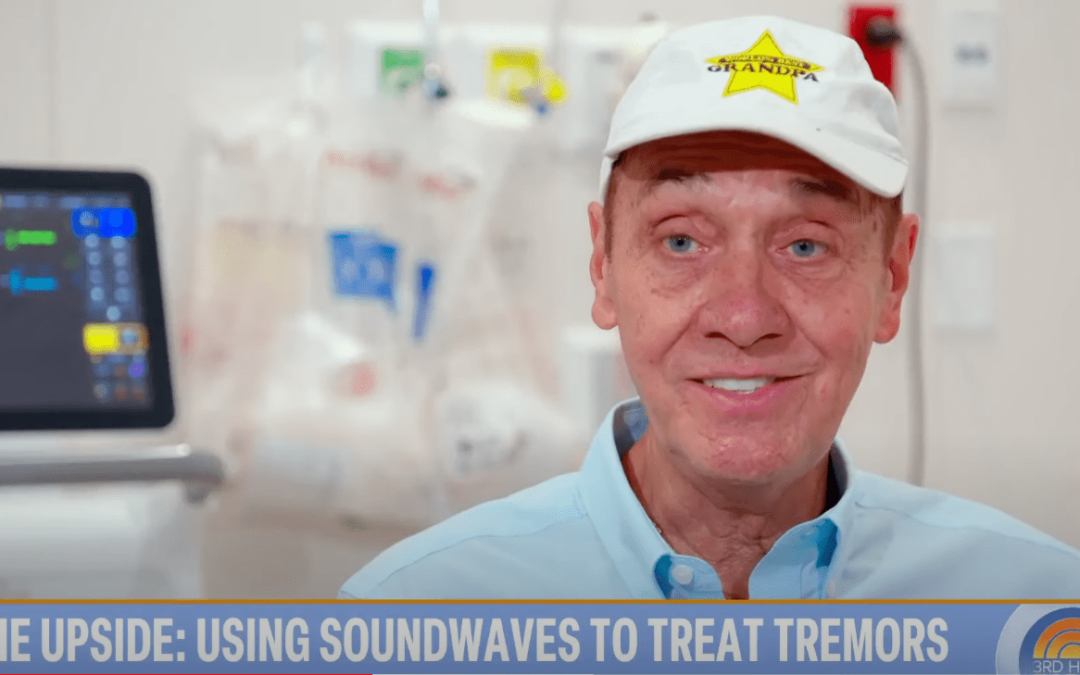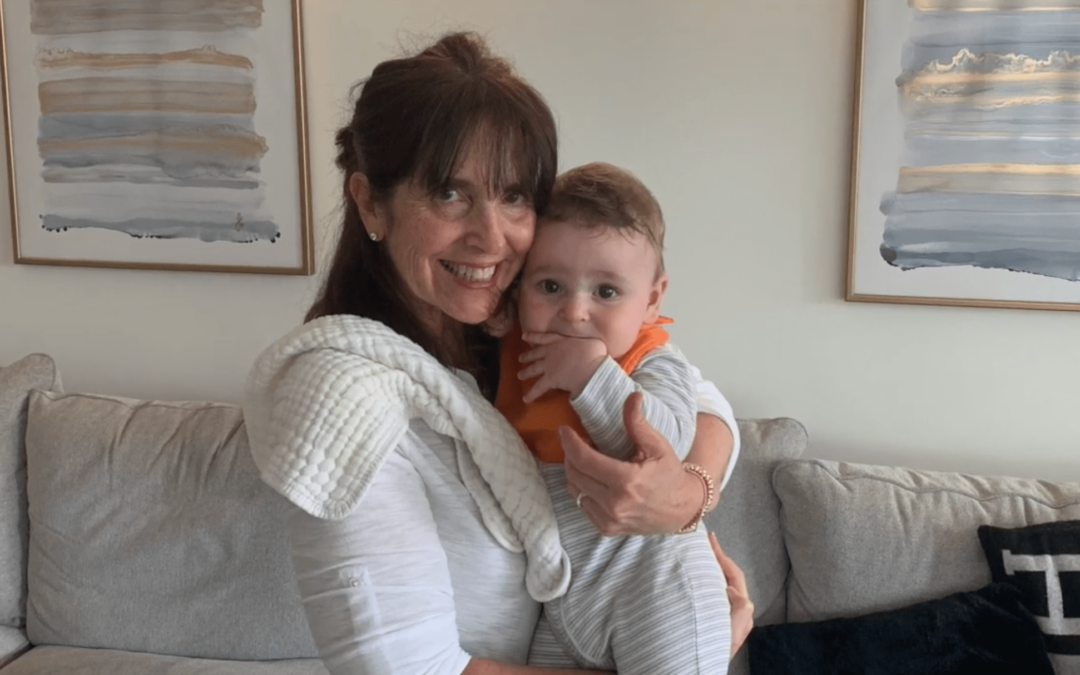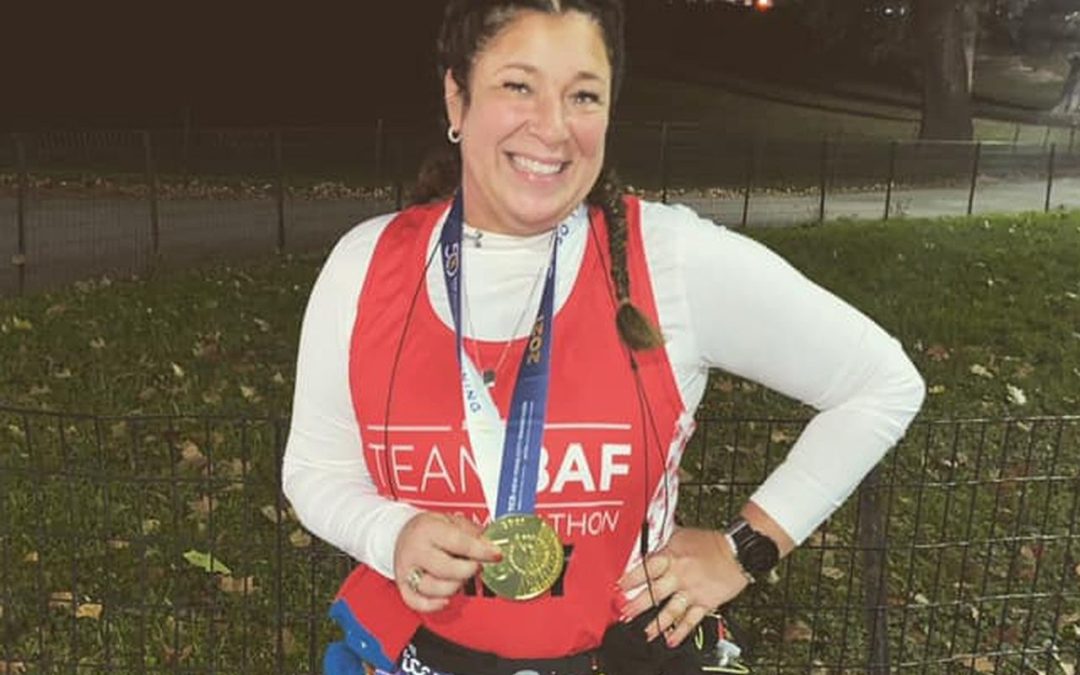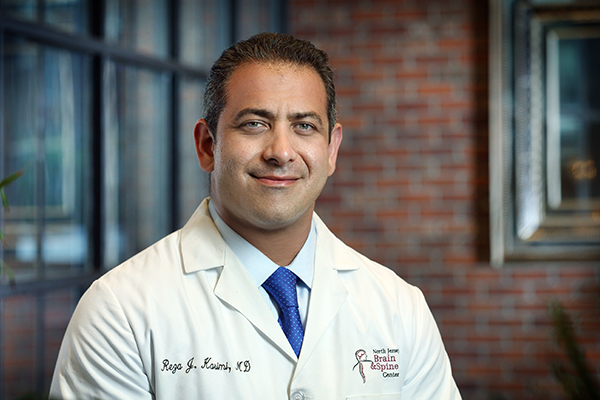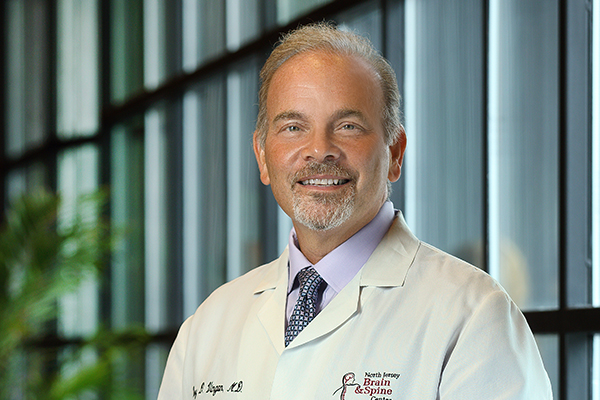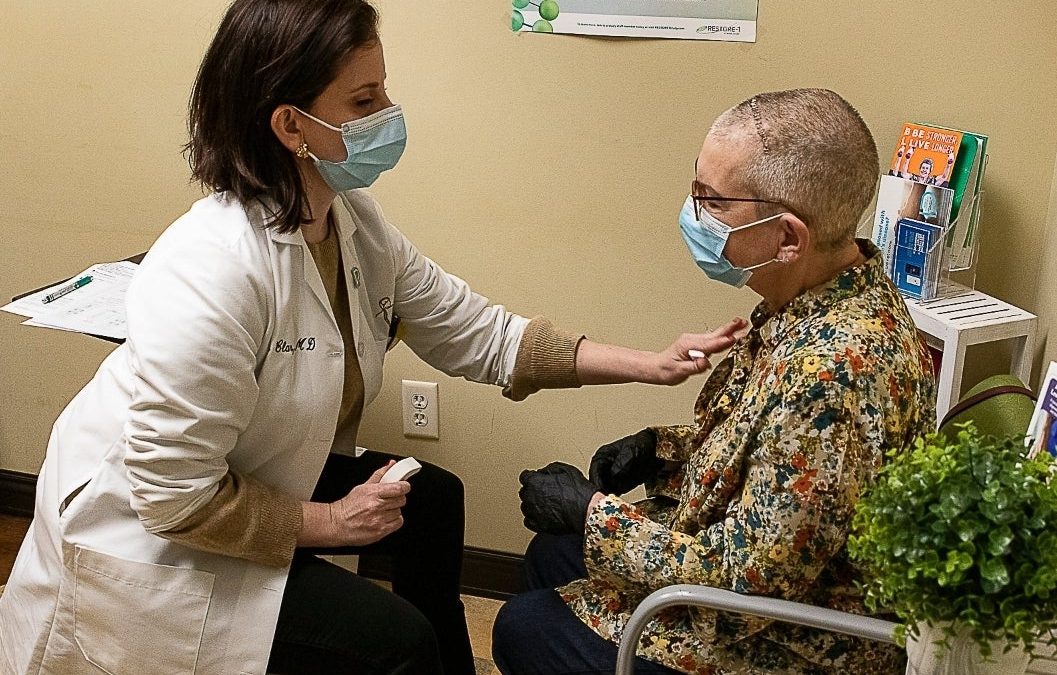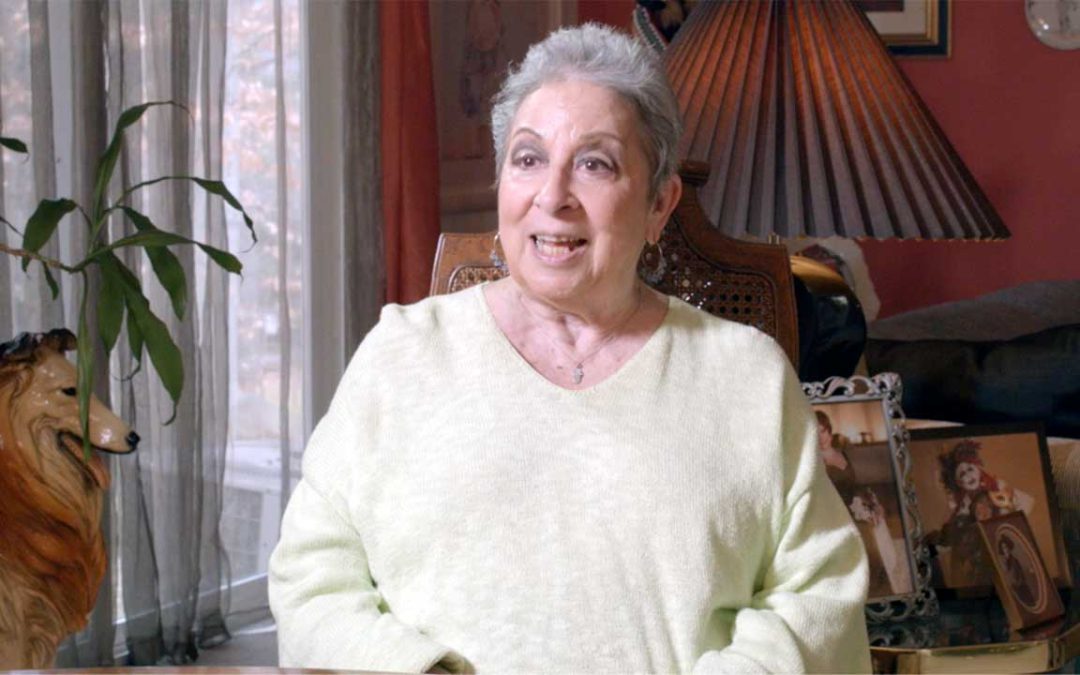Pediatric Epilepsy: Causes, Symptoms, and Care Options in New Jersey
Pediatric epilepsy is a brain disorder that causes recurrent seizures with symptoms that range from uncontrolled body movements to temporary lapses of awareness to loss of consciousness. Epilepsy syndromes affect children differently depending on their age and where in the brain the seizure begins. Pediatric neurosurgical and epilepsy experts at New Jersey Brain and Spine provide comprehensive, specialized epilepsy diagnosis and treatment for children to significantly improve symptoms and quality of life.
What is Pediatric Epilepsy?
Epilepsy in children is a neurological condition that manifests as recurring seizures. A seizure occurs when there is a sudden burst of electrical activity in the brain. While a seizure can be triggered or provoked by things like a high fever, low blood sugar, or a head injury, sometimes the cause is unknown. If a child experiences a single seizure, it is not considered epilepsy. Doctors diagnose epilepsy when a child has at least two seizures that have no identifiable trigger, or are unprovoked, and occur at least 24 hours apart. The recurrence and the lack of an identifiable trigger are what distinguishes epilepsy from a single seizure episode.
What are the Symptoms of Epilepsy in Children?
Common signs that your child might have epilepsy include childhood seizures that can display as temporary mental confusion, uncontrolled body movements — from muscle stiffness and twitches to violent jerking or shaking, or loss of consciousness. These symptoms will vary based on the child’s age and type of seizure. Seizures are classified by where they start in the brain:
Focal seizures originate in one area of the brain and are further categorized by whether they cause loss of awareness.
Generalized seizures are those that affect the entire brain at the same time, and may cause rhythmic full body shaking, impaired awareness, or loss of consciousness.
Pediatric seizure symptoms may look like:
- repetitive lip smacking, clapping, or picking at clothes
- mental confusion
- brief sudden lapses of consciousness, like staring into space or blanking out
- subtle repetitive movements like eye blinking or chewing
- muscles may become weak and limp or stiff and rigid, or the body may spasm
- Violent jerking and shaking
- loss of consciousness
What is an Epilepsy Syndrome?
Pediatric epilepsy is a general term that encompasses several distinct forms of epilepsy, which are characterized by the type of seizure and age of onset. Symptoms can range from mild to severe.
Benign Rolandic epilepsy is one of the most common childhood epilepsy syndromes and often begins when the child is between 2 years and 13 years old with symptoms stopping by the time the child is 19 years old. Seizures in children with Benign Rolandic epilepsy may appear as twitching, numbness or a tingling in the face or tongue, which can cause impaired speech. These seizures often occur as a child is falling asleep or waking up.
Other common childhood epilepsy syndromes include:
Childhood absence epilepsy, which is characterized by a brief, altered state of consciousness, like staring, before returning to activity. The child is typically unaware that anything happened. This seizure syndrome typically appears between ages 3 and 6 years and may have a genetic component, as one-third of children with this form of epilepsy have a family member with a seizure syndrome.
Juvenile myoclonic epilepsy typically develops between ages 12 and 18 years. Seizures manifest as rapid twitches and jerks that last only a few seconds and typically occur within 2 hours of waking up. About half of children with juvenile myoclonic epilepsy have a family member with this seizure syndrome.
Early signs a child may have epilepsy can range from sudden changes in behavior to subtle complaints of sensory changes. Some children experience what are called auras before visible signs of a seizure. These are subtle sensory or emotional changes that can be warning signs that a seizure is going to happen. Common symptoms of auras include:
- seeing flashing lights, hearing ringing or buzzing sounds, or smelling an unusual odor
- feeling numbness or tingling, experiencing a racing heartbeat or an upset stomach
- feeling sad, angry, or anxious
Children who experience auras can learn to recognize these signs that a seizure is going to happen and take precautions like sitting down, telling someone, or taking medication.
What Should I Do If My Child Has a Seizure?
Seizures can be scary for both parents/caretakers and the child. Most seizures resolve on their own within 5 minutes. However, call 911 for immediate medical attention if:
- this is the first time your child has experienced a seizure
- the seizure lasts for more than 5 minutes
- your child is having difficulty breathing
- your child falls and is injured during the seizure
- if your aren’t sure your child has returned to full awareness
Recommendations for first aid during a seizure vary by type of seizure; however, the most important thing you can do is to stay calm and keep your child safe during a seizure.
How is Pediatric Epilepsy Diagnosed?
Epilepsy diagnosis in children typically begins with a neurological exam and imaging to evaluate brain and nervous system functioning. Blood tests may also be ordered to rule out possible causes of seizures, like infections or blood sugar problems.
During a neurological exam, the doctor will ask questions about your child’s medical history and perform a series of evaluations to better understand how your child’s nervous system is functioning. These evaluations may include:
- Watching how your child interacts with you and any siblings or other caretakers, asking questions to see how your child responds and observing speech patterns and how your child follows direction.
- Examining motor function and balance by having your child push and pull against the doctor’s hands; squeezing the doctor’s fingers; hopping, skipping, and jumping; walking on toes, heels, sides of feet; and standing with eyes closed as they’re pushed from one side to the other.
- Exploring how your child responds to different sensory cues. The doctor may touch the child’s legs or arms with different objects while asking your child to identify the sensation, like whether the object feels hot or cold, dull or sharp.
- Reflex tests also help the doctor examine how your child’s nervous system functions. This involves tapping, stroking, or shining light on different areas of the body to assess involuntary or automatic responses. These tests will vary based on your child’s age.
- Cranial nerve tests help the doctor evaluate the function of 12 pairs of nerves that originate in the brain and control different functions in the head, neck, and chest, such as smell, vision, eye movement and pupil constriction, muscle movement in the face and inside the mouth, hearing, and taste and swallowing.
Imaging tests can help with diagnosing pediatric epilepsy as well as ruling out other conditions or causes of seizures include:
- Magnetic resonance imaging (MRI) can detect possible structural abnormalities, damage, or scar tissue in the brain that may be causing seizures.
- Electroencephalogram (EEG) is a valuable tool to help doctors examine electrical activity in the brain, allowing them to identify abnormalities that may indicate seizure activity. EEGs can also be used to monitor seizure activity over time to help identify any triggers and measure the effectiveness of treatments.
How is Pediatric Epilepsy Treated?
The primary goal in treating pediatric epilepsy is to stop seizures or minimize their frequency and impact on the child’s development and quality of life. Treatment may include a combination of anti-seizure medications, dietary therapies, and in some cases, pediatric epilepsy surgery may be required. The type and length of treatment will vary based on the child’s age and type of epilepsy syndrome.
Most children can be managed with medication and will outgrow their epilepsy syndrome during adolescence when medication can finally be stopped. However, if seizures are severe or not well-controlled with medication, advanced minimally invasive and stereotactic procedures, some developed by New Jersey Brain and Spine’s own specialists, may offer children improved quality of life.
- Vagus nerve stimulation is a procedure in which a device is implanted in your child’s chest wall and sends electrical pulses to the vagus nerve in the neck that block the abnormal electrical impulses in the brain that can cause seizures.
- Deep brain stimulation is a procedure in which electrodes are implanted in your child’s brain to deliver electrical impulses that help regulate abnormal brain signals.
- Non-invasive gamma knife radiosurgery and an incisionless ultrasound procedure are newer options in which the surgeon can target and destroy brain cells responsible for causing seizures without incisions or cuts, and therefore, avoiding complications associated with traditional surgery.
- Stereotactic thalamotomy is a procedure in which the surgeon targets a small area of the brain that controls movement, called the thalamus.
Can a Child Outgrow Epilepsy?
Most children with epilepsy will outgrow their condition; however, some children may need lifelong management. Sometimes seizures can return later in life. Follow-up with a pediatric neurologist is important to monitor your child’s overall health, address any re-emerging concerns, and to ensure a smooth transition to adult care. Elena Clar, MD, a New Jersey epilepsy specialist, works closely with pediatric neurosurgeons to provide a more definitive prognosis based on your child’s evaluation, diagnosis, and treatment plan.
If your child has experienced seizures or has been diagnosed with pediatric epilepsy, schedule a consultation with the specialists at New Jersey Brain and Spine. Our expert pediatric neurosurgeons and neurologists provide personalized care, advanced diagnostics, and cutting-edge treatment options tailored to your child’s needs.
